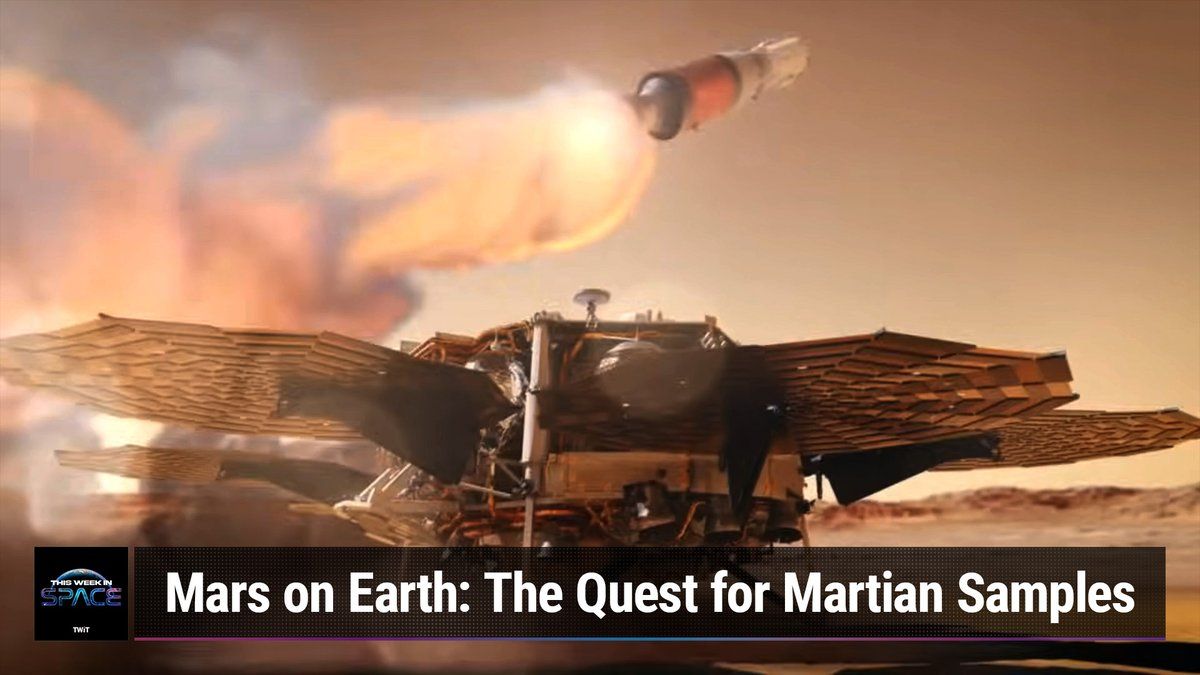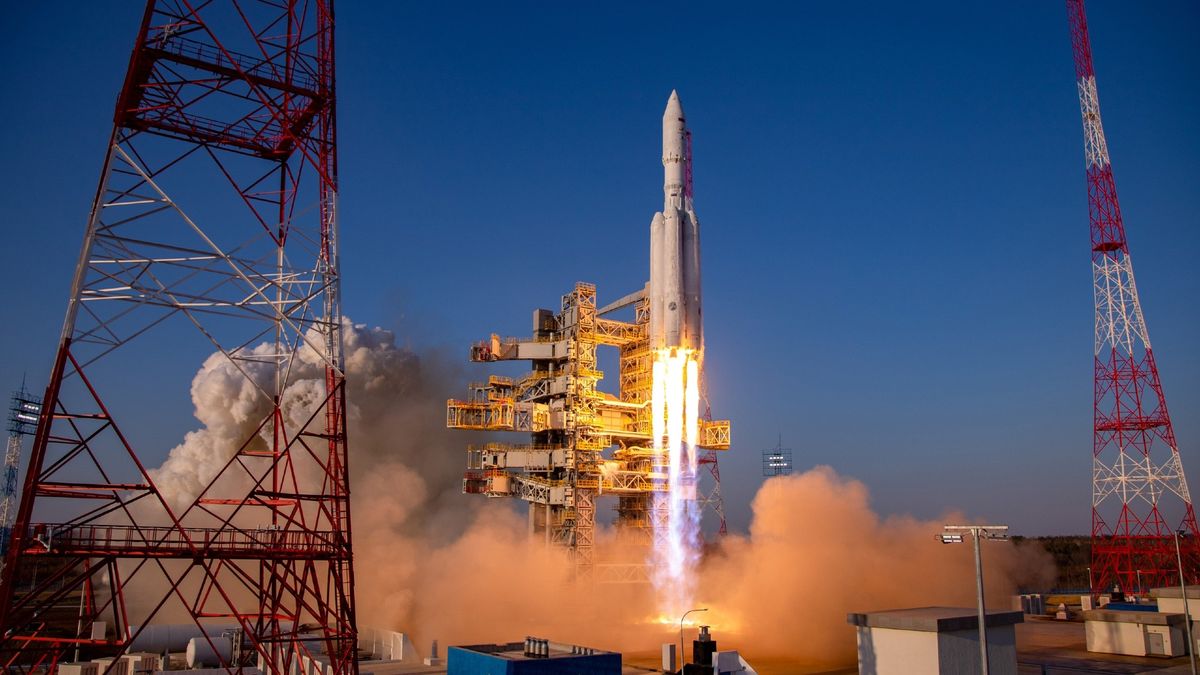NASA’s Troubled Mars Sample Return Mission
Discussing the intricacies of NASA’s ambitious Mars sample return mission, journalist Leonard David sheds light on the challenges and hurdles facing this groundbreaking endeavor. Dating back to the 1960s, NASA’s interest in sending robots to collect Mars soil predates the Mariner 4 flyby of the planet. The concept has also intrigued other nations like Russia, China, and Japan, exemplifying the universal fascination with Mars exploration.
The core obstacle lies in the complexity of coordinating multiple spacecraft, possibly launched separately, to rendezvous around the Red Planet and achieve the mission’s objectives. Safety concerns regarding the potential transport of alien pathogens from Mars to Earth add another layer of complexity. However, as is often the case with such grand ventures, the primary barrier remains the substantial costs involved, prompting discontent within NASA’s ranks.
Exploring the Origins of the Mars Sample Return Mission
The genesis of NASA’s Mars sample return mission can be traced back to the foundational work laid out in the 1960s, setting the stage for the current endeavors in Martian exploration. The audacious goal of retrieving valuable soil samples from Mars opens up new avenues for scientific research and potentially unlocks mysteries surrounding the planet’s geological composition and microbial life, if any.
The Cost Conundrum and Safety Precautions
While the scientific merits of the Mars sample return mission are undeniable, the financial implications loom large, posing a significant challenge to its realization. NASA’s allocation of resources, amidst competing priorities and budget constraints, underscores the need for strategic planning and efficient utilization of funds to ensure the mission’s success.
Moreover, the stringent safety protocols governing the handling and transportation of extraterrestrial samples back to Earth highlight the meticulous approach required to prevent any potential biohazards or contaminants from compromising our planet’s delicate ecosystem. This aspect necessitates meticulous planning and collaboration among international partners to address biosafety concerns effectively.
About This Week In Space
This Week in Space delves into the latest developments in the realm of space exploration, offering insights and analysis on key milestones and advancements in the field. Hosted by Rod Pyle and Tariq Malik from Space.com, the show navigates through the intricacies of space science and technology, unraveling the mysteries of the universe.
Host Profiles
- Rod Pyle: A prolific space author and historian, Rod Pyle’s extensive body of work spans 18 books on space history, exploration, and development. His contributions to the space community, both as a writer and television producer, have enriched our understanding of the cosmos.
- Tariq Malik: As the Editor-in-Chief of Space.com, Tariq Malik brings a wealth of experience in space journalism, covering pivotal space missions and scientific breakthroughs. His comprehensive knowledge and engaging storytelling have established him as a trusted voice in the space industry.
Stay updated on the latest space news and rocket launches by tuning in to This Week in Space, your gateway to the wonders of the cosmos.
Image/Photo credit: source url





